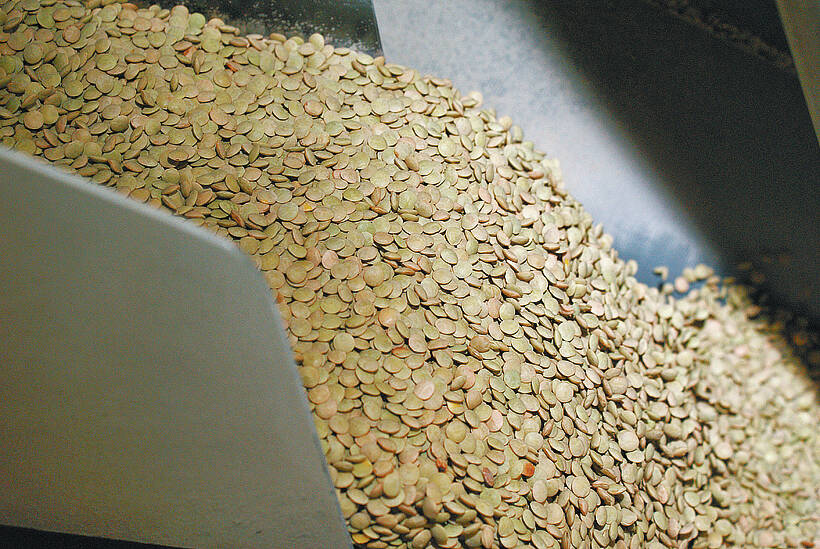What happened to the dreamy predictions of a long-term commodity bull market? Is it still alive, or has the recent all-market slump killed the idea and the reality?
That was the subject of a series I concluded in last week’s issue.
When I announced the series in the Oct.9 paper, I said it would present the views of some of the world’s most profound thinkers on the subject and leave readers to make up their own minds on the question.
But now I’ll give you my own observations on the subject, in light of what the seers have said, as we look toward 2009 and hope those high grain prices haven’t gone away for good.
Read Also

Green lentil market oversupplied
Farmers in Western Canada can expect price pressure on their new crop of green lentils, as the available supplies among the world’s major lentil-growing nations increase significantly.
Overall – and I realize this may sound like a cop-out – it’s too early to have a definitive answer to the question.
Bulls, such as Jim Rogers, say the recent slump has caused mining companies to shut mines and cancel projects, has forced oil companies to stop exploring for new sources and killed oilsands development, and most importantly for farmers, has caused those in financially fringy countries to slash fertilizer use. All this should significantly cut commodity supplies and set the stage for a replay of the commodity boom.
Bears such as Robert Prechter note the production cuts merely reflect and probably lag behind the destruction of demand for the commodities. They believe that if demand is drastically reduced for years, curtailed commodity production may simply keep pace with the slump.
That’s the setup to the present situation and while Prechter and Rogers sit at opposite poles, most prognosticators I spoke with were unsure on the issue, including Marc Faber, Dennis Gartman, Tim Wood and David Reimann.
But some of the apparent differences are smaller than they seem, and within the clash of opinions some observations seem to offer a clearer, more optimistic view of the coming years.
Prechter thinks commodities are collapsing and will continue to fall. Rogers thinks commodities will boom, reaching higher levels than they did in mid-2008. But they’re not really as far apart as it seems.
Prechter thinks everything is collapsing in the short term and spends little time pondering what happens beyond the collapse. Rogers claims to be the world’s worst short-term trader and doesn’t care what happens in the next few months or even the next few years.
Eventually, the world economy will recover and demand will grow, both agree.
Commodity production capacity will be lower. Recovering demand plus reduced supply should equal a substantial rally – some time. Both could be right, from their own perspectives.
All the thinkers I spoke to believe markets in the next few years are almost certain to be intensely volatile.
For a farmer, that can be gut-wrenching as prices swing up and down by huge amounts, but as Reimann said, “if people can get over the anxiety of this extreme volatility and see it as an opportunity, you can be pretty optimistic about where we’re going.”
In other words, even if prices trend downward, if there is lots of volatility there will be chances to lock in prices well off the lows.
But because there is such division over whether crop prices will trend up or down, it makes sense for farmers to be cautious, as Faber recommended.
“In a deflationary environment, leveraged farmers will go out of business. In an inflationary environment they will do OK but not fantastically well because their input costs will soar. Farming is a very tough business and only very well financed farmers – no debt – survive in the long run,” Faber said.
At the end of my series I spoke to several prairie farm marketing advisers who all had the same basic advice: have a marketing plan and be willing to sell grain when opportunities present themselves.
The sense I developed from speaking to these gurus and advisers is that regardless of who’s right on the outcome, markets in the next few years are likely to be volatile and hard to predict. Sizable rallies will offer farmers opportunities to sell, but they’ll also likely suffer through slumps.
Now, more than ever, farmers need to be serious about marketing their crops because no one sees clear sailing ahead.















